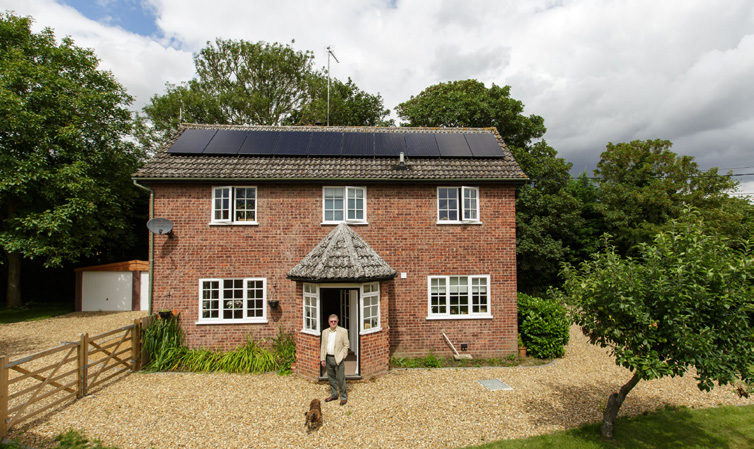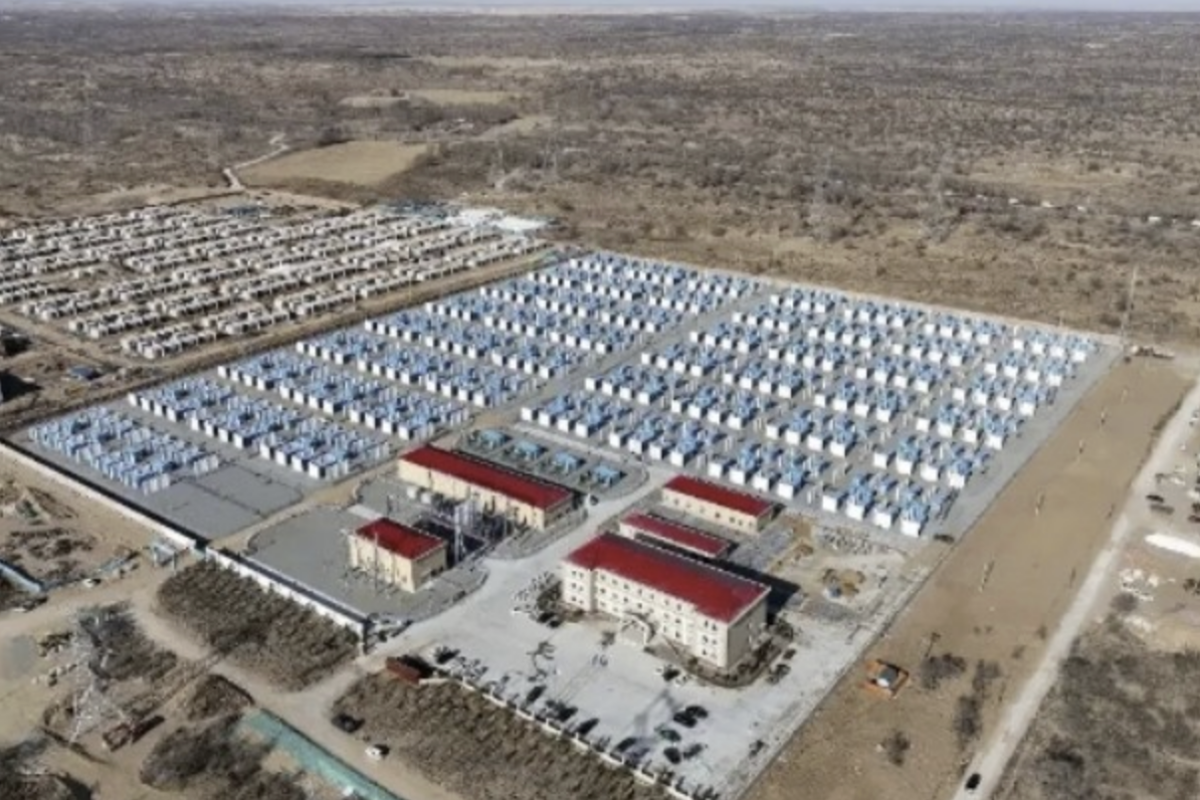European solar body SolarPower Europe has reported today that new solar power installation on the continent fell 20% year-on-year in 2016, dropping from 8.6 GW of grid-connected PV in 2015 to around 6.9 GW last year.
In contrast, the rest of the world saw demand grow by 50%, with 76.1 GW of solar added last year (including Europe) compared to 51.2 GW of on-grid solar installed in 2015. China led the way, growing by more than 125% over the course of 2016 with some 34.2 GW added. The U.S. (14 GW of new capacity), Japan (8.6 GW) and India (4.5 GW) were the next largest markets, although Japan’s 2016 installation figures were down on 2015.
According to SolarPower Europe’s head of market intelligence Michael Schlema, the EU is now in danger of being eclipsed by “Asian powerhouses” in terms of both solar power production and installation. “Even the U.S., with a much smaller population that the EU’s 28 member states combined, added about twice as much solar power capacities in 2016,” Schmela said.
The data was drawn from SolarPower Europe’s on-grid estimates based on government-delivered figures. Having analyzed the numbers, Europe appears to have slipped from the top table – and will require strong leadership and a few sparks of inspiration to regain a leading position, added SolarPower Europe policy director Alexandre Rösch.
“After having inspired so many regions in the world, Europe needs to find its own inspiration again and act as the leader of the energy transition,” Rösch said. “We need to build a major industrial project around solar and renewables. To start with, increasing the 2030 renewable energy target to at least 35% will send a strong signal that Europe is back in the solar business.”
With Europe’s relationship with solar set at ‘complicated’, clarity of action is something SolarPower Europe is pushing for. Its five Clean Energy Package priorities for unleashing solar growth in the EU include a strong and ambitious governance framework to steer investment in clean energy; the introduction of flexibility roadmaps across the EU to aid the integration of renewable power sources; the adjustment of market rules to make them more suitable for variable solar electricity and storage; best practice design of tenders to help cost reduction and project realization, and the imposition of a strong framework for self-consumption, thereby placing consumers at the heart of the continent’s energy transition.
“2016 will be remembered as the year that the first solar PPAs were signed at levels that have made solar the lowest-cost power in many regions of the world,” said SolarPower Europe CEO James Watson. “With clean solar being cheaper than inflexible generation technologies in much of Europe, there is the need to drive the next solar investment cycle so we can pursue the decarbonization of the European power sector. This requires the right policy framework.”
This content is protected by copyright and may not be reused. If you want to cooperate with us and would like to reuse some of our content, please contact: editors@pv-magazine.com.



Here’s a radical suggestion for the European solar industry: stop pressing for protectionist measures against cheap Chinese imports. All thus has done is keep prices high and installation low, and has not revived solar panel manufacturing. If you insist on protecting SolarWorld – and I can’t see why – copy India, which ringfenced the public sector for domestic producers, leaving the coast clear for importers in the market sector.